Patagonia: Tierra del Fuego to Torres del Paine
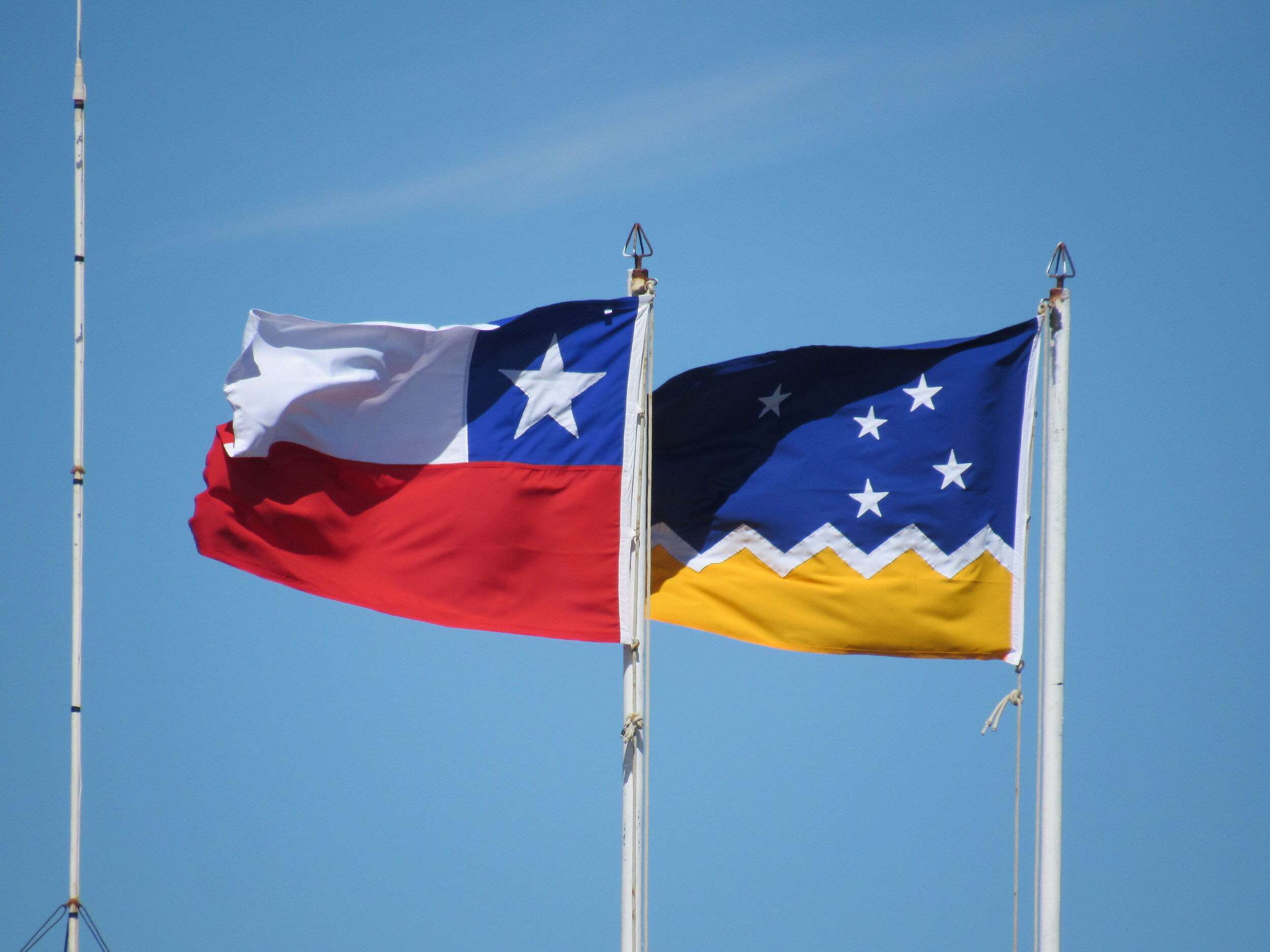
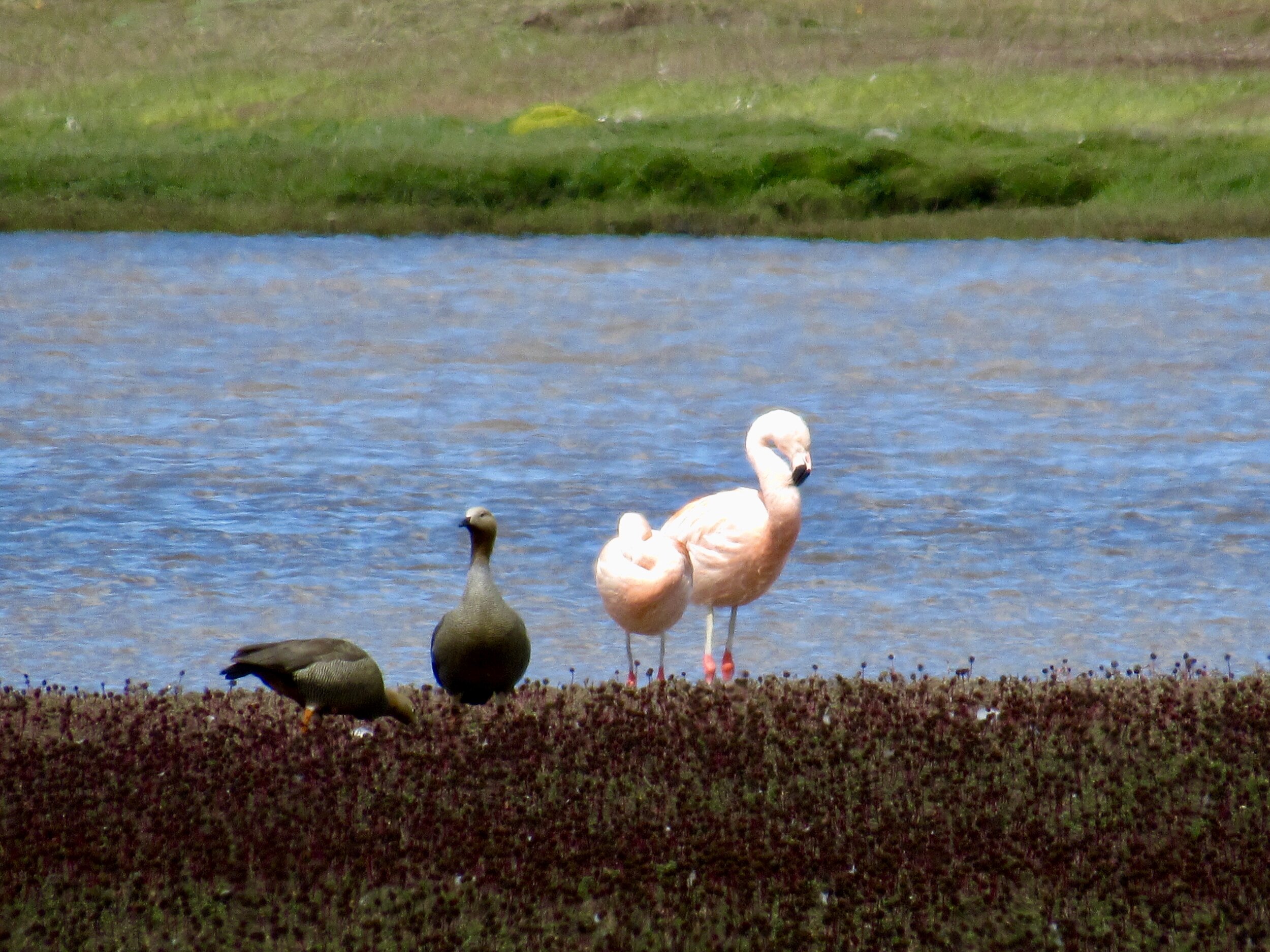
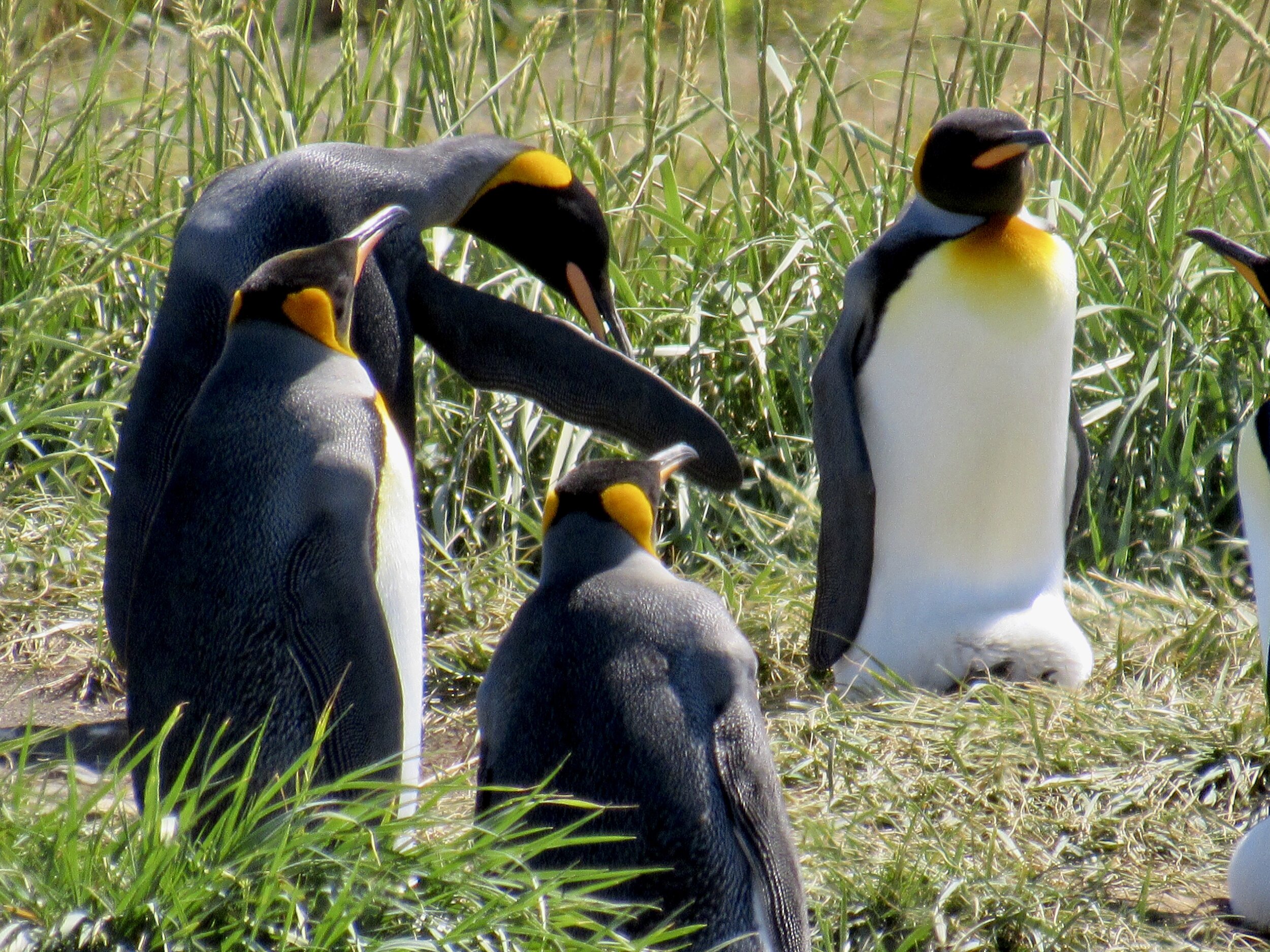
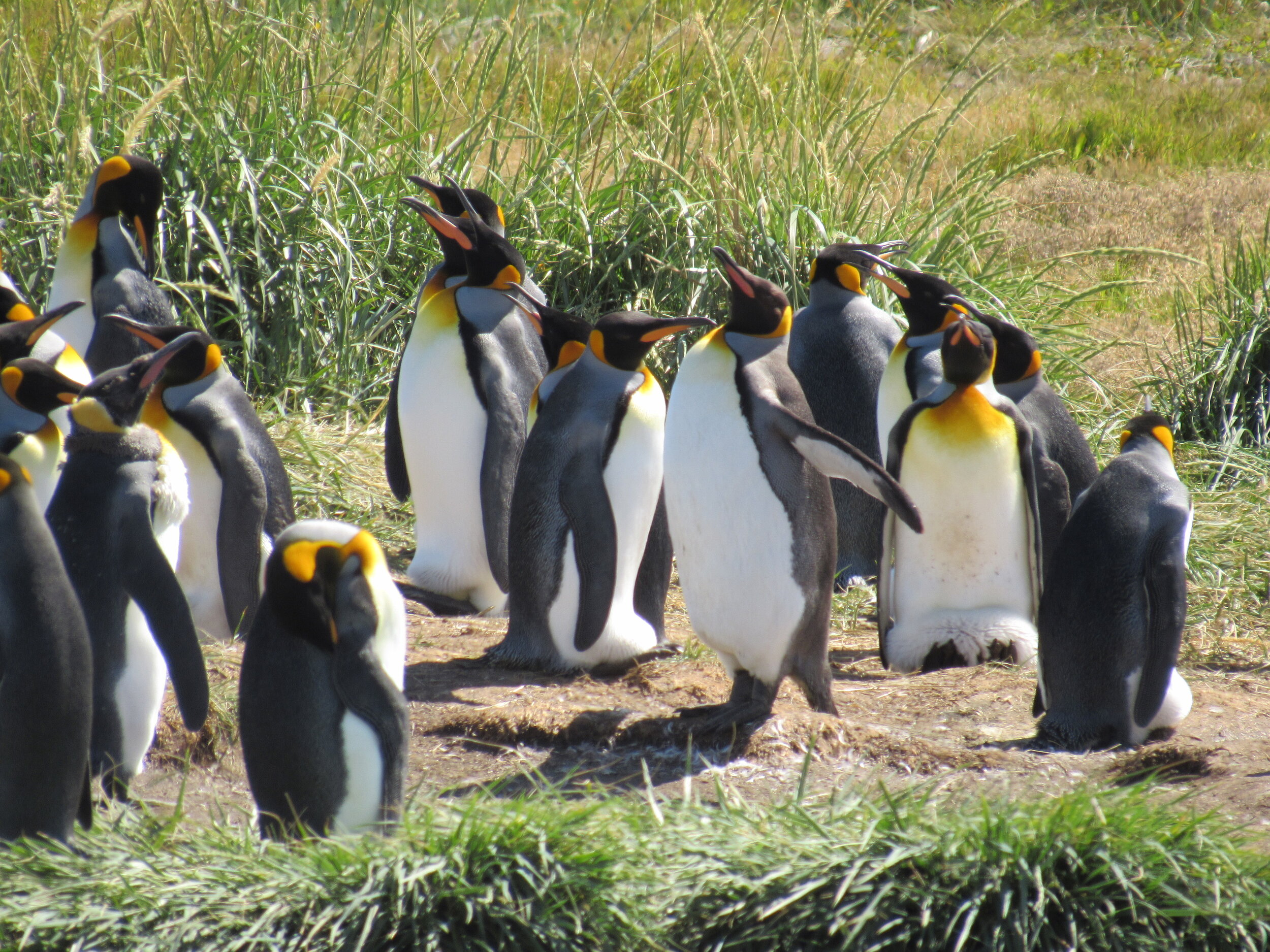
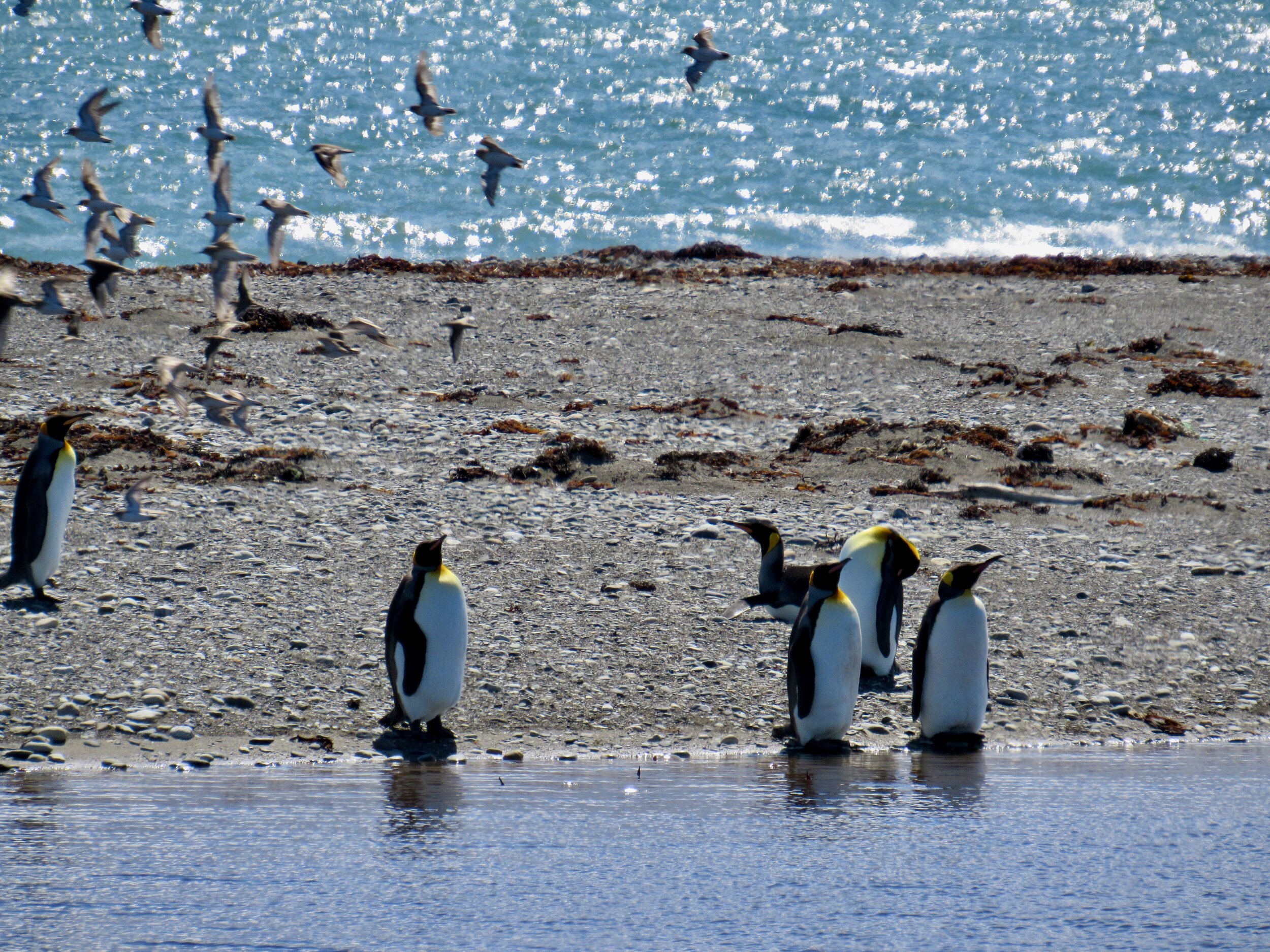
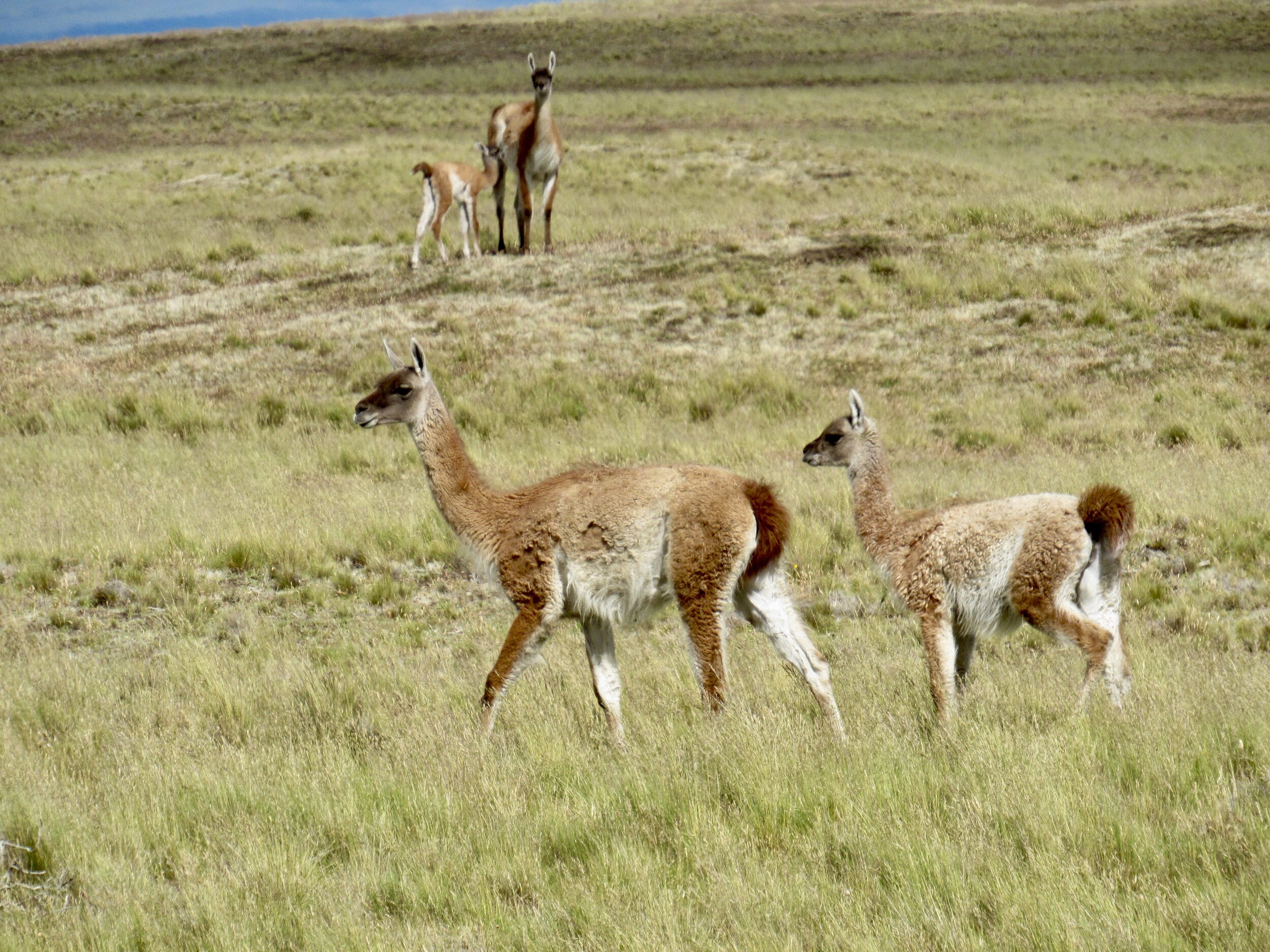
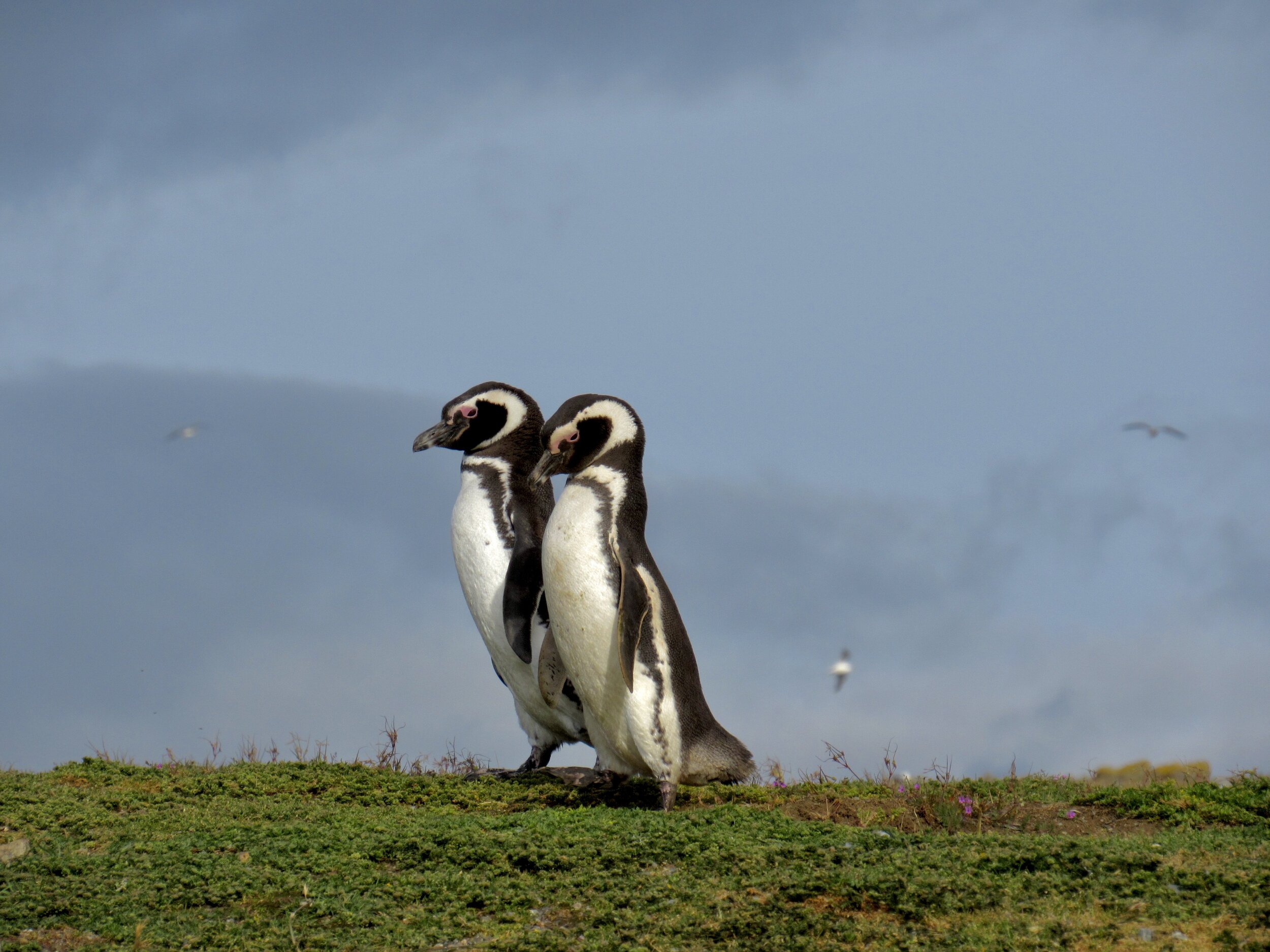
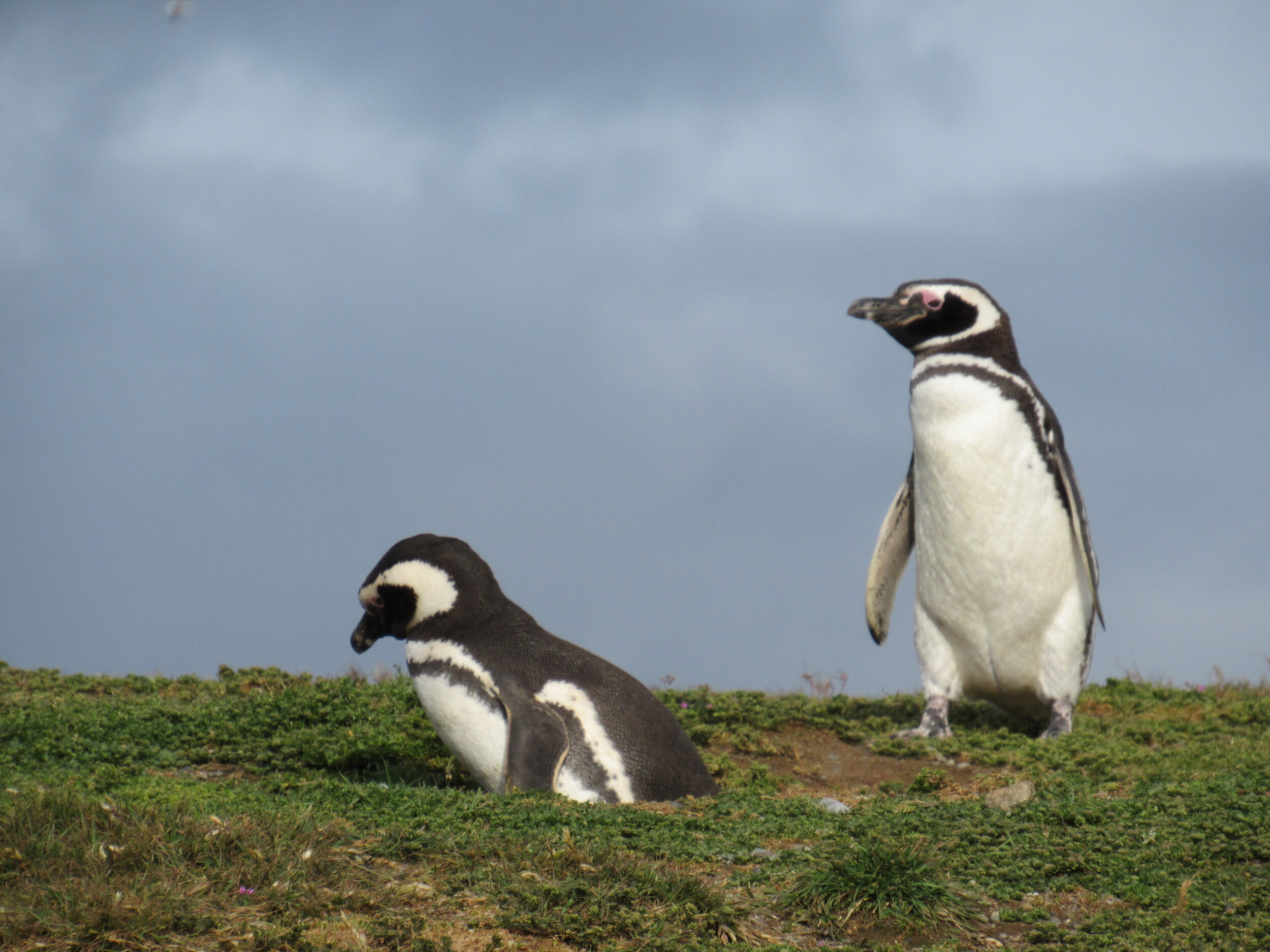
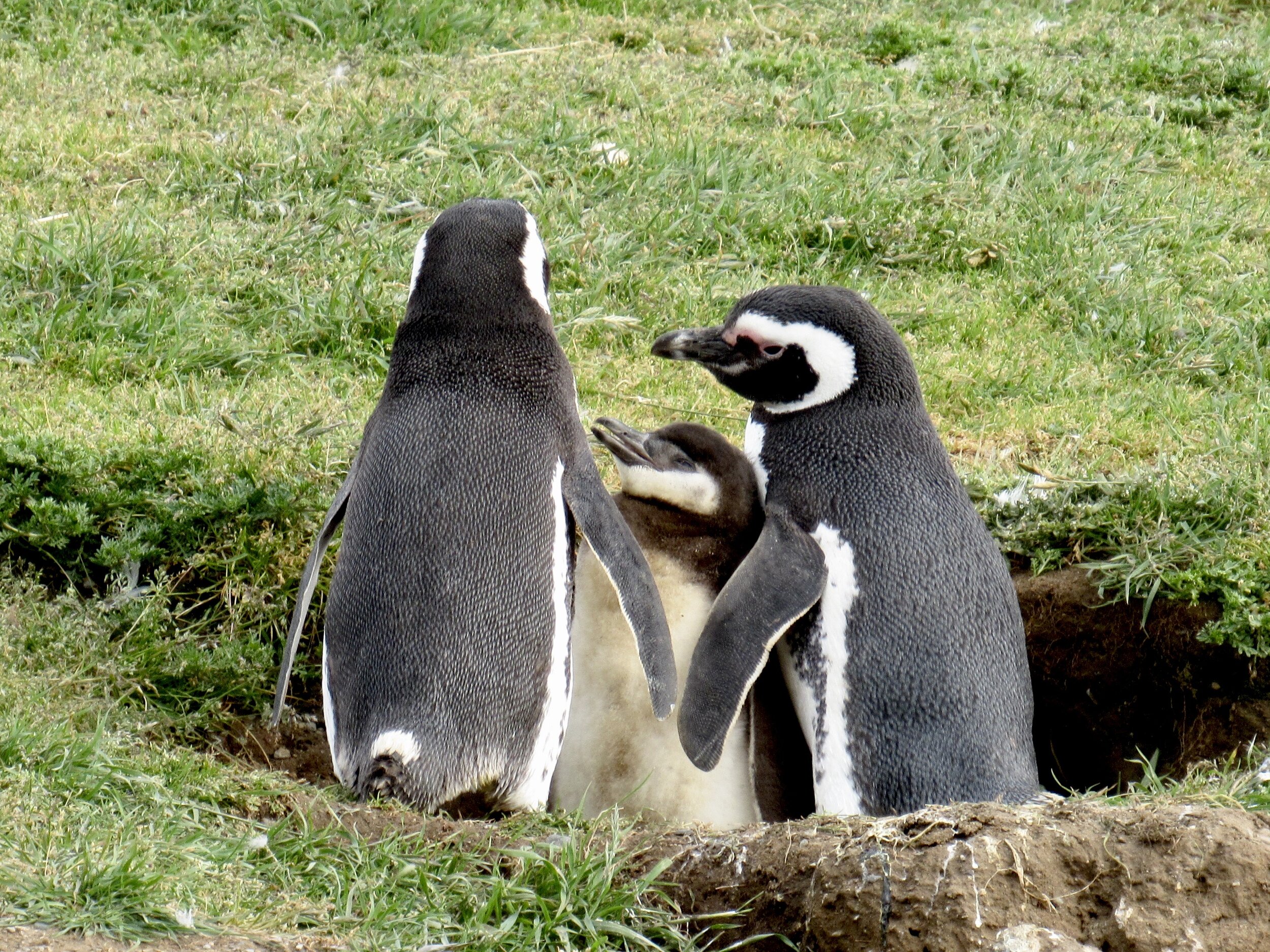
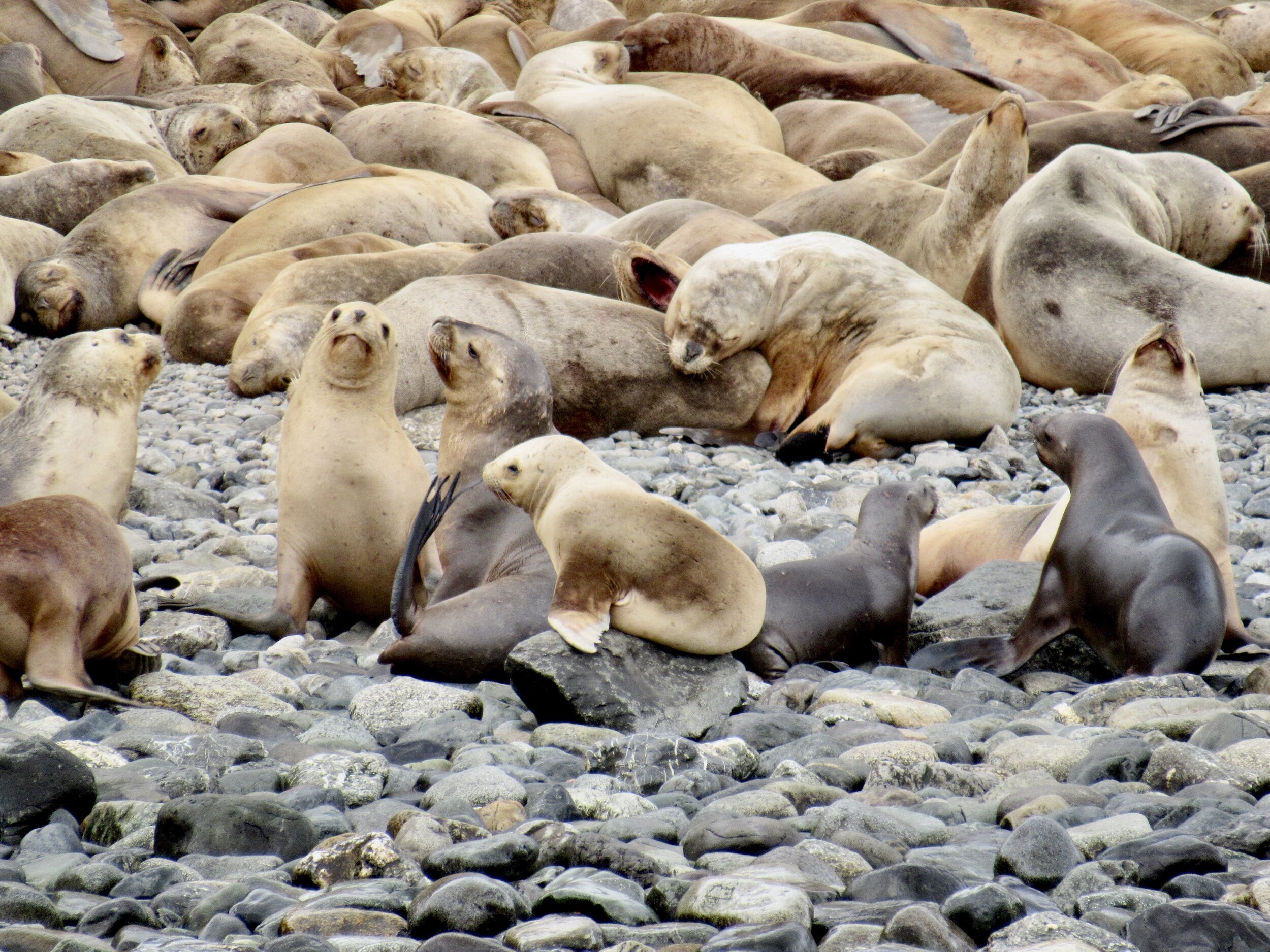
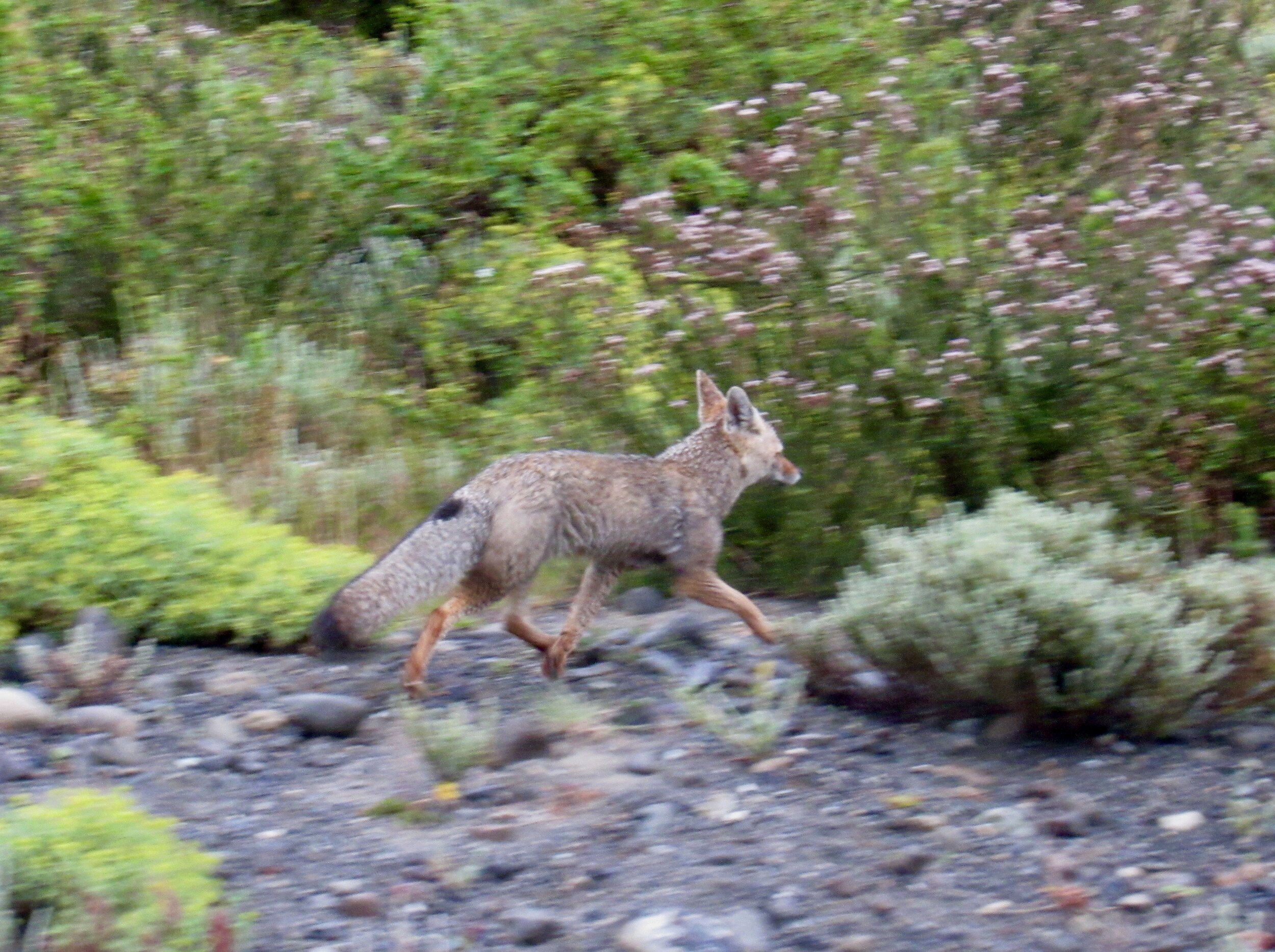
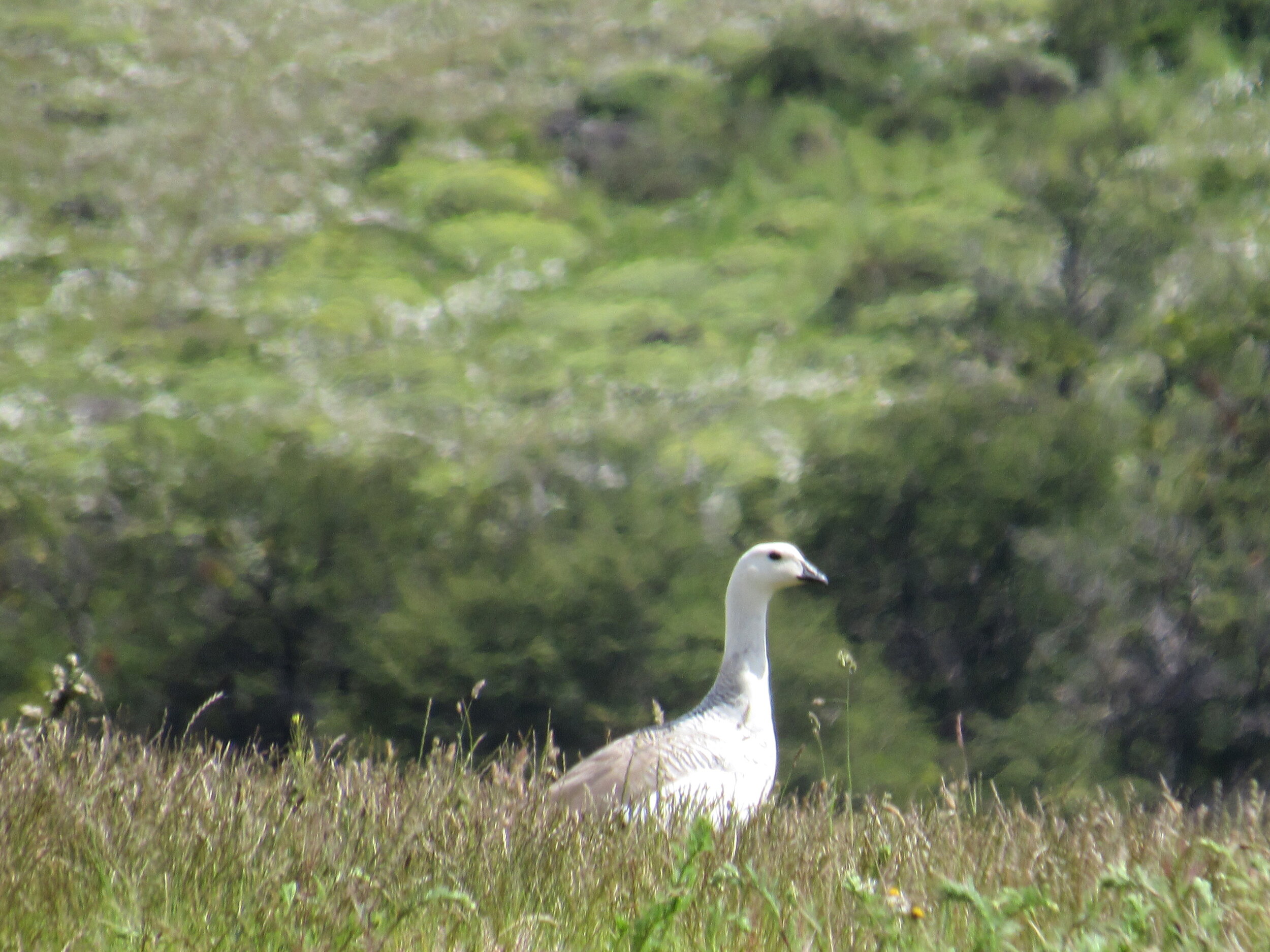
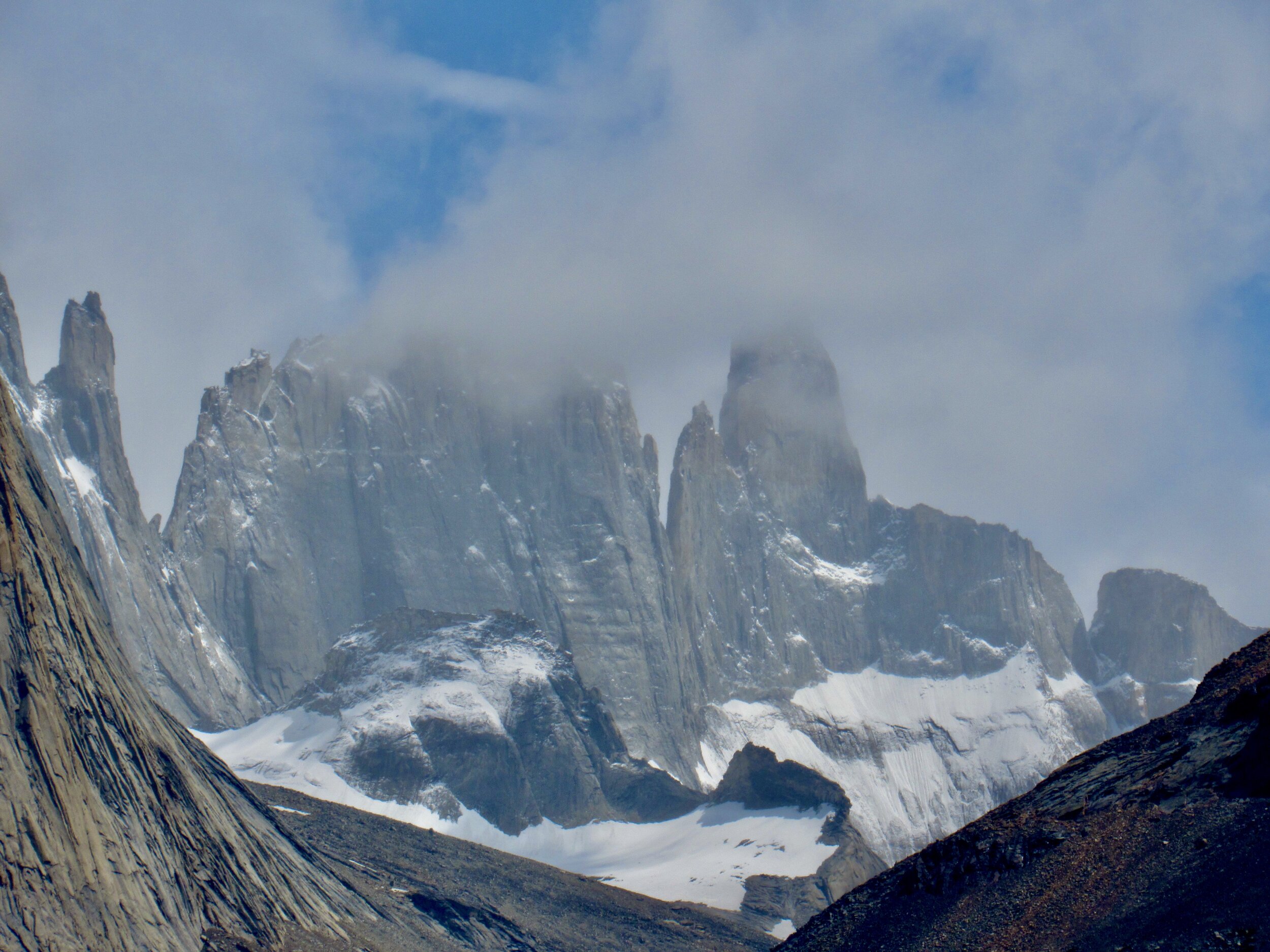
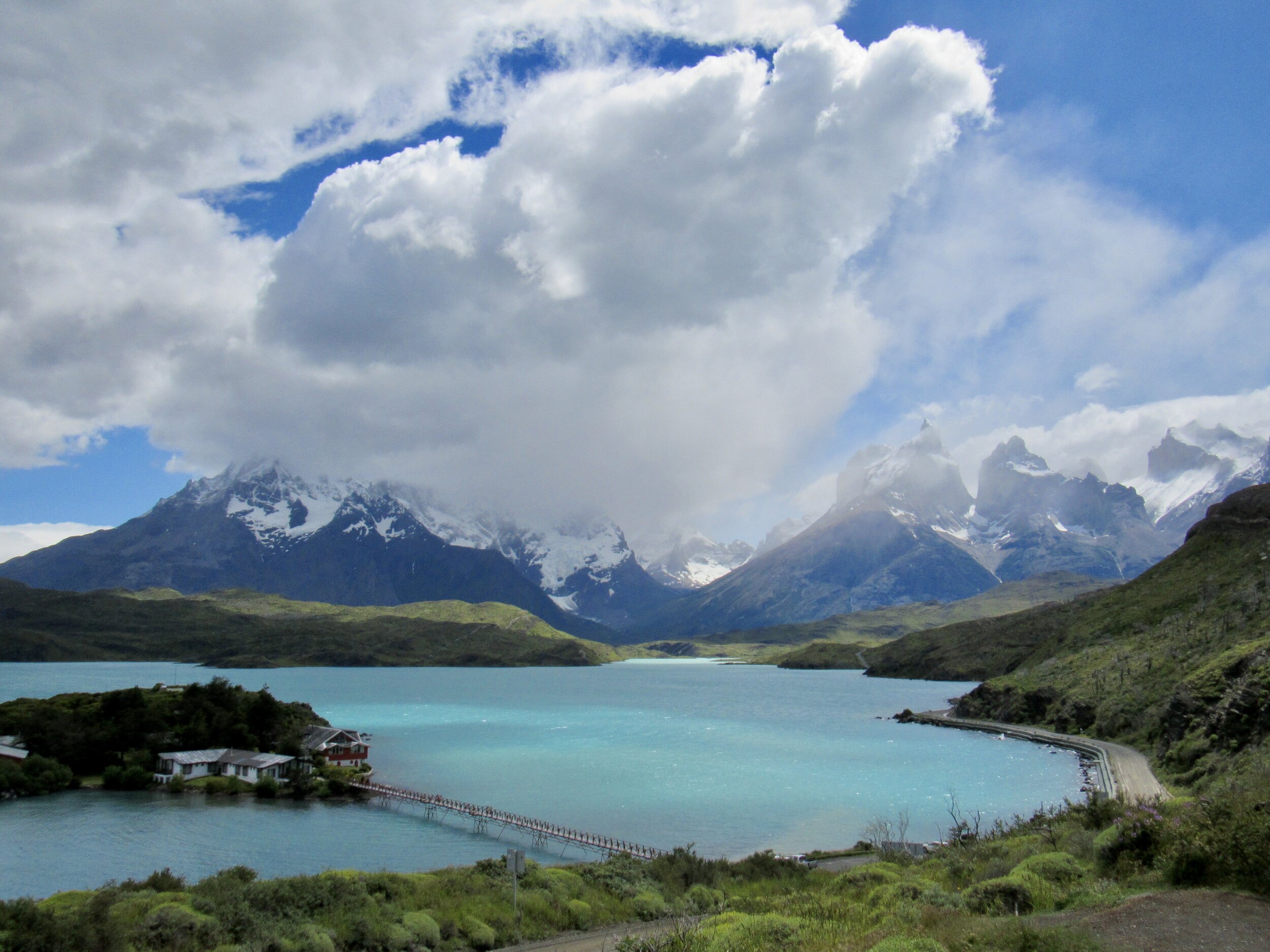
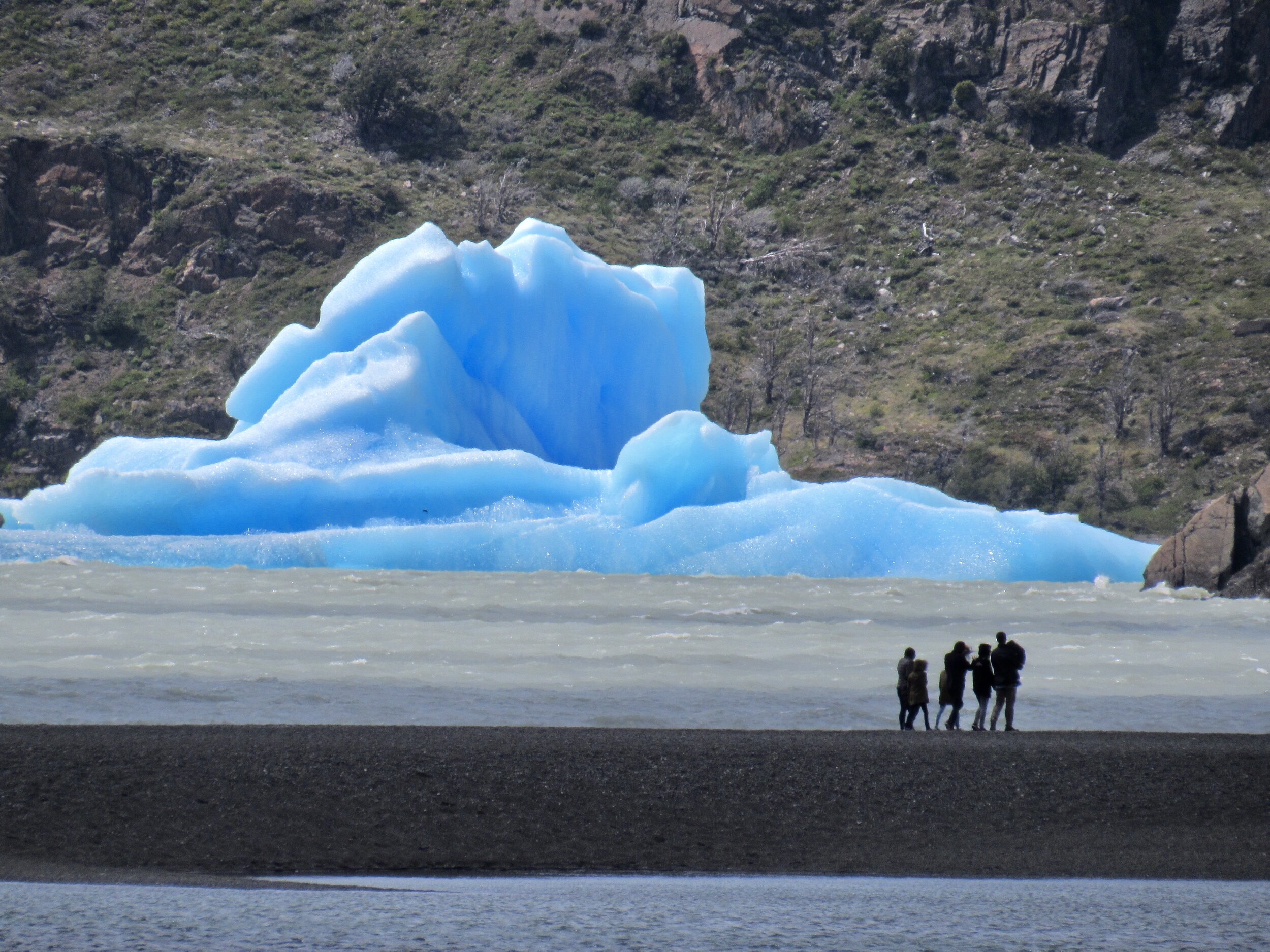
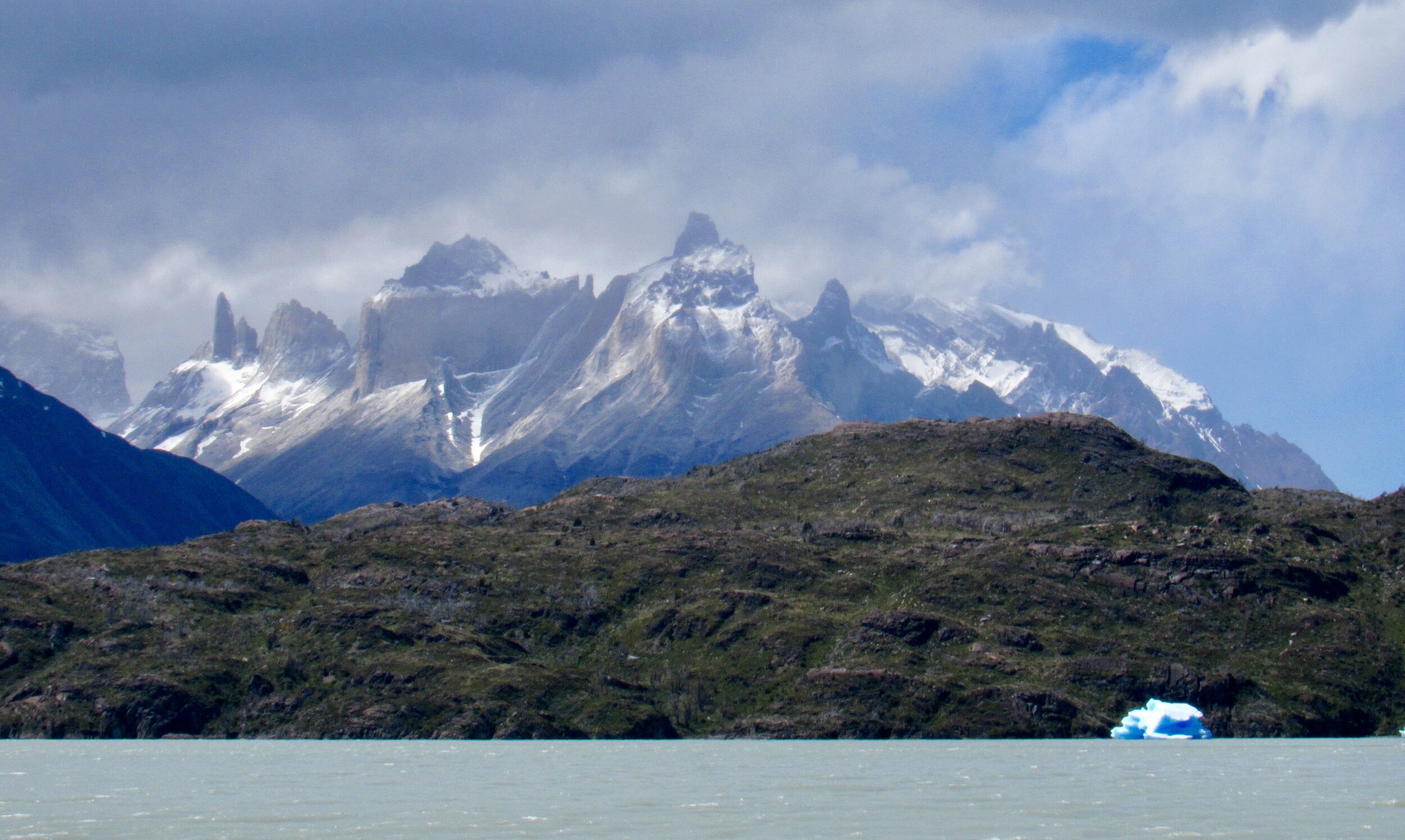
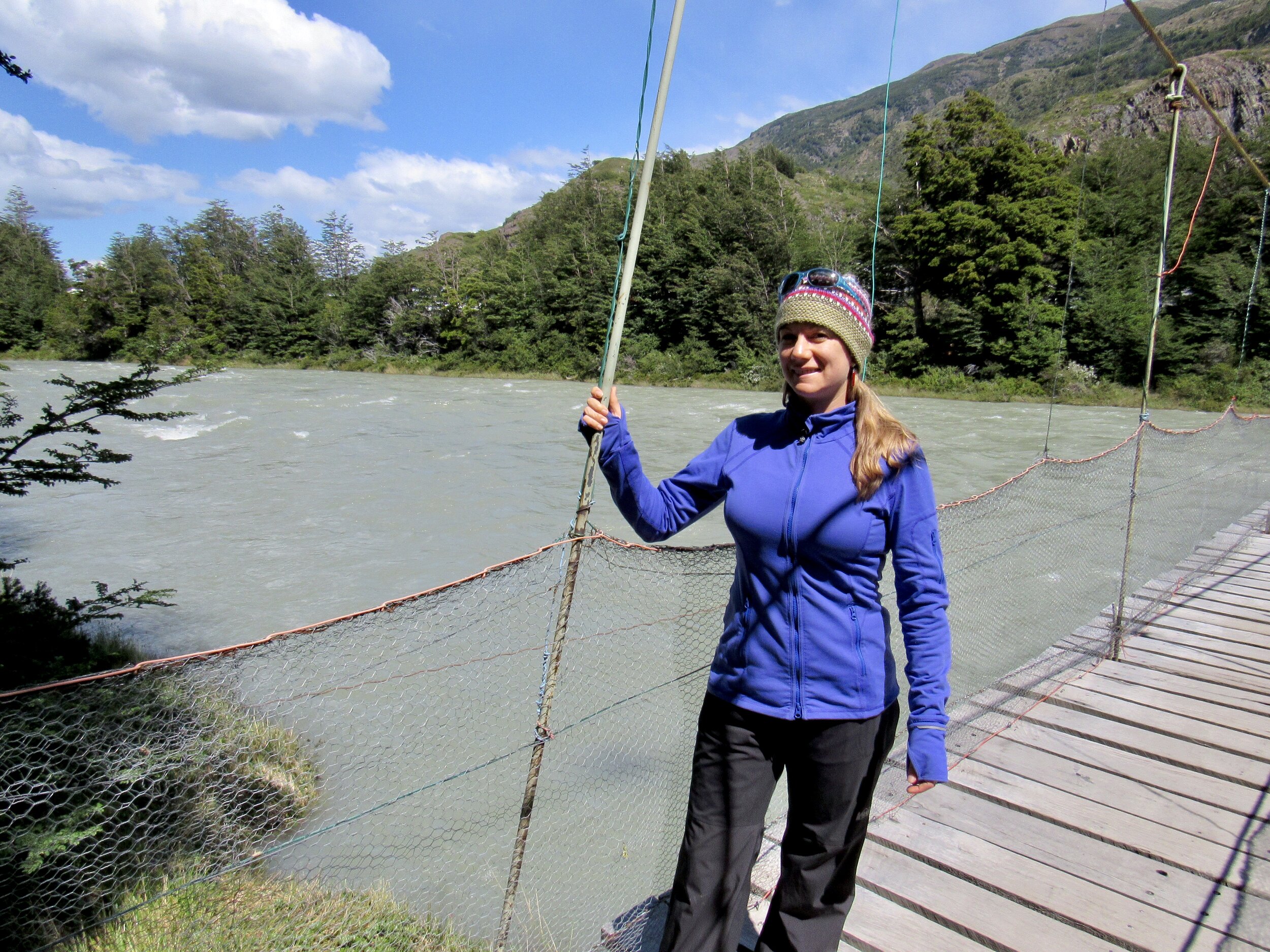
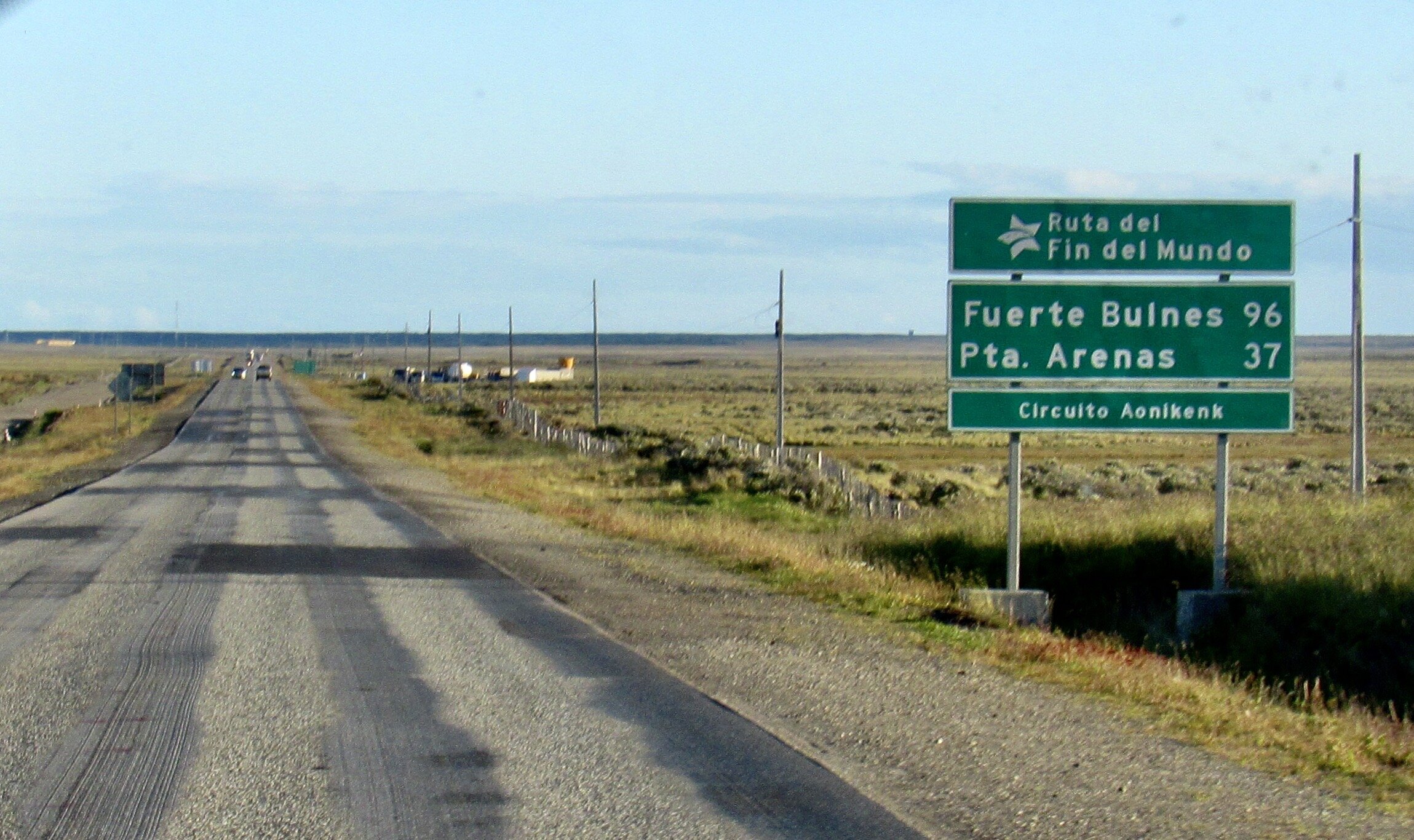
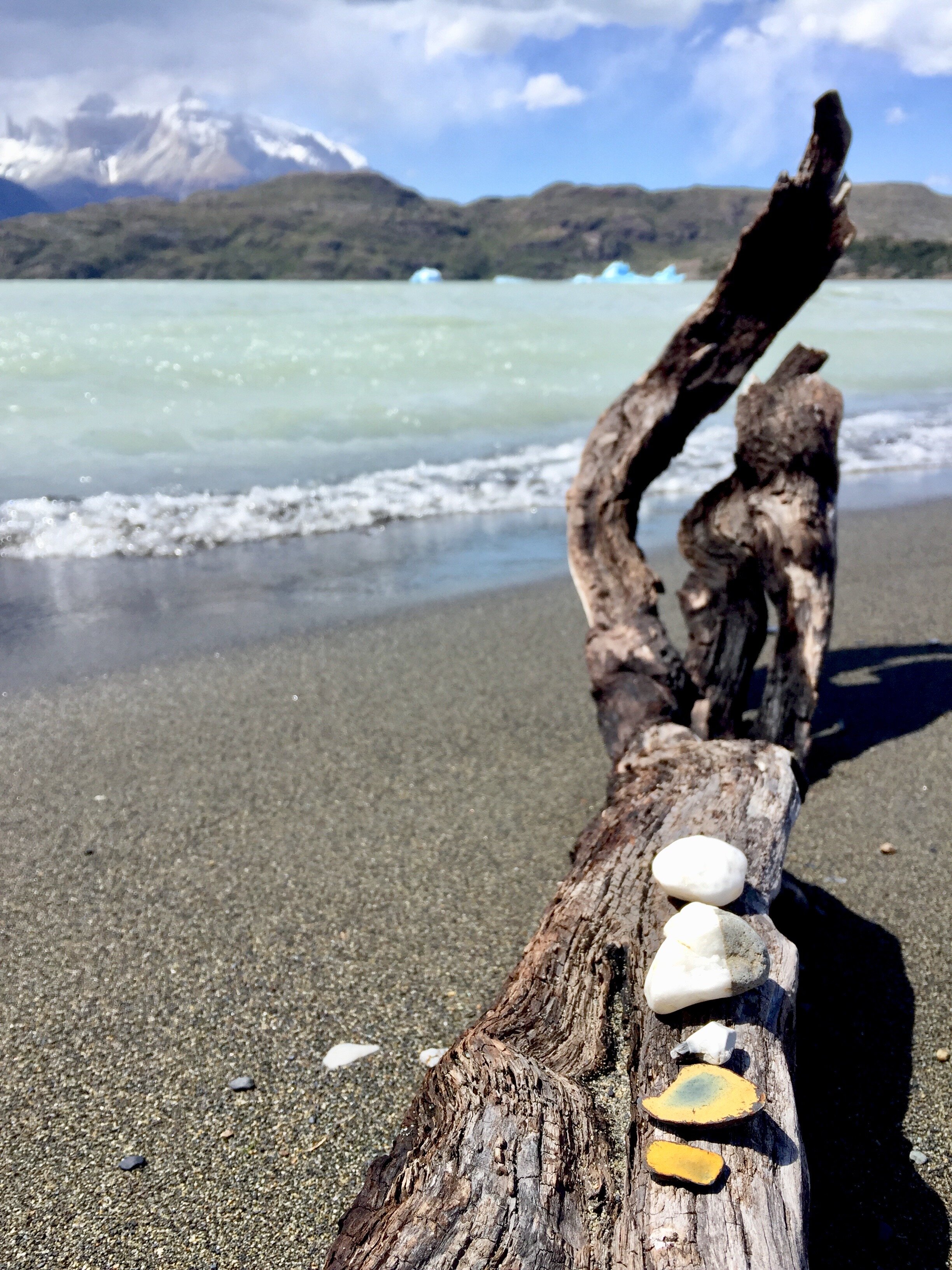
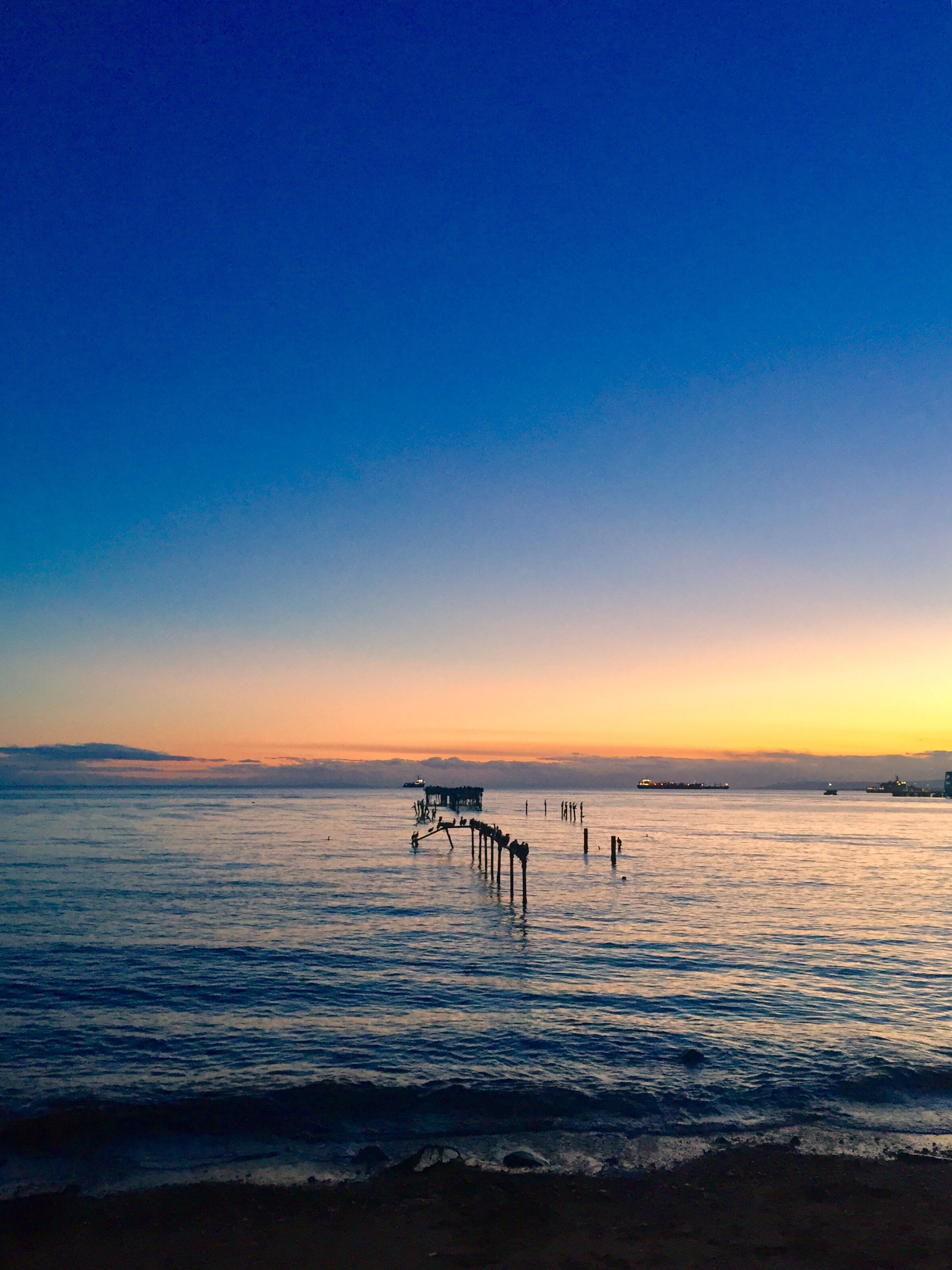
I have always wanted to see December Solstice in the southern hemisphere. Growing up in North America, December 21 was always so short and this year I decided to experience as long of a day as possible on December 21. In Punta Arenas the sun rose at 5:12am and set at 10:10pm. Of course, being so far south it got light long before 5am and was light out until well after 11pm. It was exactly what I was hoping for!
I had planned three tours with https://turismoselknam.cl from Punta Arenas: Magdalena Island, Tierra del Fuego and whale watching. The day before the whale watching it was cancelled due to predicted high winds, which I gather is quite common that close to Antarctica. Fortunately, I was able to replace it with a day in the Torres del Paine National Park.
The day on Tierra del Fuego was absolutely amazing! The island got its name because the native people there would set fire to the hillside nearest to any ship that was spotted from the coast, warning other people of the approaching danger. Europeans just saw the coastline go up in flames every time they got near. It was a brilliant strategy, but unfortunately didn’t last forever. The result of European invasion was brutal and fatal for the locals. If you want to know more, look up Julius Popper.
I was invited to sit up front in the van for the tour of Tierra del Fuego and took full advantage of spending the day sitting next to the guide. Nicole is a fantastic guide, knows so much about Tierra del Fuego and was friendly and enthusiastic all day. Considering that we started at 6am and didn’t get back to Punta Arenas until almost 10pm, I was impressed with her attitude and energy.
We started the day with a ferry ride from the port near Punta Arenas over to Tierra del Fuego, then drove south to the town of Porvenir where we visited a museum and had lunch. We drove east along Useless Bay (too large and shallow to provide any shelter to ships), stopping for guanacos and flamingoes along the way. At the west end of the bay we visited a King Penguin colony https://pinguinorey.com. There were about 80 penguins at the colony and many of them had eggs balanced on their feet. It was obvious who was incubating an egg because they had a fat roll pouched out over their feet and they weren’t walking around. The reserve has a couple great wooden blinds built for people to hang out close to the penguins but not bother them. They even had telescopes to watch them up close and I got to see a few penguins pull up their belly fat roll to turn the eggs over with their beaks. Those are giant eggs!
From Useless Bay we drove north past Cerro Sombrero to the narrowest part of the Magellan Strait and another ferry ride. The morning ferry was over two hours but the afternoon ferry was less than half an hour. I climbed up to the highest observation deck on the back to look for the native tonina dolphins and was invited into the bridge! I learned about the currents that sweep through the strait and how high and low tides affect the crossing. It was another amazing experience with Chileans who were so welcoming and eager to tell me about their work and lives. The guide’s job is to be friendly and although Nicole was genuinely a friendly person, the guys working on the ferry did not have to be so welcoming and friendly to me as part of their job. Throughout my time in Punta Arenas, people were unfailingly friendly, kind and helpful. This is my favorite perk of traveling alone; rather than spending my time talking with my travel companion, I have more time to get to know locals. Friendly people, penguins, glaciers, guanacos, mountains and long sunny days. What else could I ask for?
The next day was another early morning and another boat ride to another island. Instead of a ferry we were on a fast boat to Isla Magdalena to see Magellanic penguins. It was quite different from the King Penguin colony, where the penguins were mostly hanging out and we were at a respectful distance, hidden in a blind. On Isla Magdalena there was a clearly marked path that we were allowed to walk on, with strict instructions to keep a two meter distance between us and any penguin. This was actually harder than I thought it would be because the penguins were everywhere! They walked along and across the path. They had nests just a few inches from the path. They did not seem to mind us being there, although I’m sure if anybody had approached a baby that would change quickly. Their eggs hatched so long ago that the babies who are still in the nest are almost the size of the adults.
I got to watch penguins stumbling over the rocky beach, fishing off the shore, waddling around the island, digging their nests deeper, standing protectively over their babies, chasing each other around, staring at the tourists, sleeping - and my favorite: calling their mate. They take turns going down to the water to fish and when the one at the nest is ready for their turn, they belt out a very loud barking kind of call. They throw their heads back and give it a full body yell: “Hey! My turn! Get your feathered butt back to the nest!”
The island also has resident colonies of gulls and cormorants, which are beautiful but not as exotic for me as the penguins. After Isla Magdalena, we motored over to Isla Marta to see the sea lion colony. Both the pro and the con of Isla Marta is that humans are not allowed on the island. So, we weren’t able to get off the boat, but that means the sea lions, cormorants and skuas have a stable habitat. The guide pointed out that though orca whales are the main predator of the sea lions, the thick beds of kelp along the shore of Isla Marta protect them from orcas and also give them a fishing ground very rich in sea life.
The next day was my trip to Torres del Paine, which I obviously hadn’t researched, since I thought I was going whale watching until the evening before. This gave me one of the experiences I love most when traveling: surprises! It was another early morning and I actually slept the three hour drive to Puerto Natales, where we stopped for breakfast. My group for this day were all Chileans, except for one woman from Brazil and me. This meant that I got to have my whole day all in Spanish! I had another fantastic guide, Fernando, who was also very knowledgeable about every place we visited that day.
Torres del Paine has spectacular, glacier-carved mountains, turquoise glacial lakes and the remains of what were massive glaciers covering South America. It reminded me somewhat of the Canadian Rockies, but with the distinctively South American Guanacos, Ñandu, Andean Geese with fuzzy babies, Blacknecked Swans with fuzzy babies, Mora Eagle, Caracara and Condors. This was the only day I didn’t see penguins, but there was really no mistaking this for North America. Everywhere I looked there was some kind of wildlife that you just don’t see in the north.
Besides the wildlife you can see today in Torres del Paine, the national park also has produced a treasure trove of remains of extinct animals. The last stop of the day is the Mylodon Cave, where remains of the Mylodon Darwini were found. I’m used to reading about bones and fossils, but the cold dry conditions of the cave kept just about everything intact. I saw Mylodon fur and even skin in a museum in Punta Arenas. It was a large mammal, weighing about a ton, that looked like a giant ground sloth. The skin is probably the strangest part about it, since it had what looks like fragments of bone peppered throughout the dermis. The theory I read was that it was the remains of a shell and that the Mylodon had evolved from an animal with a shell like an armadillo. The Mylodon was a contemporary of the sabre tooth tiger, macrauchenia and hippidion horse.
The drive back to Punta Arenas was long, but beautiful. It was wide open country, like eastern Oregon, with low hills and very little vegetation. At 9pm the sun was still high in the sky and I tried to get photos of the road signs as we passed, since they all said “Ruta del Fin del Mundo.” It was just one of those things, like the penguins, that really made me feel like I was as far south as I could be. It was a very short trip for going that far, but still felt like a dream come true.
Before I close this blog, I do have to address the social and political turmoil in Chile. The people of Chile have been protesting the crippling inequality in their country for the past few months. While I didn’t see any protests, the aftermath was everywhere. Banks were boarded up and international companies like Claro have closed several offices in the downtown area of Punta Arenas. Even grocery stores are boarded up and look closed. Most of the banks and businesses are actually open for business, but all the windows are covered with metal or plywood. The graffiti was fascinating, not only on buildings but also on sidewalks, stairs and just about anywhere you could get spray paint. The slogans ran the gamut from Chupalo Piñera (Suck it Piñera) to Cuando la paciencia se acaba, la dignidad florece (When patience is over, dignity flourishes). It’s too soon to tell what they have achieved but they have certainly been putting their hearts and souls into these protests. I hope the progress they make will be worth it.
